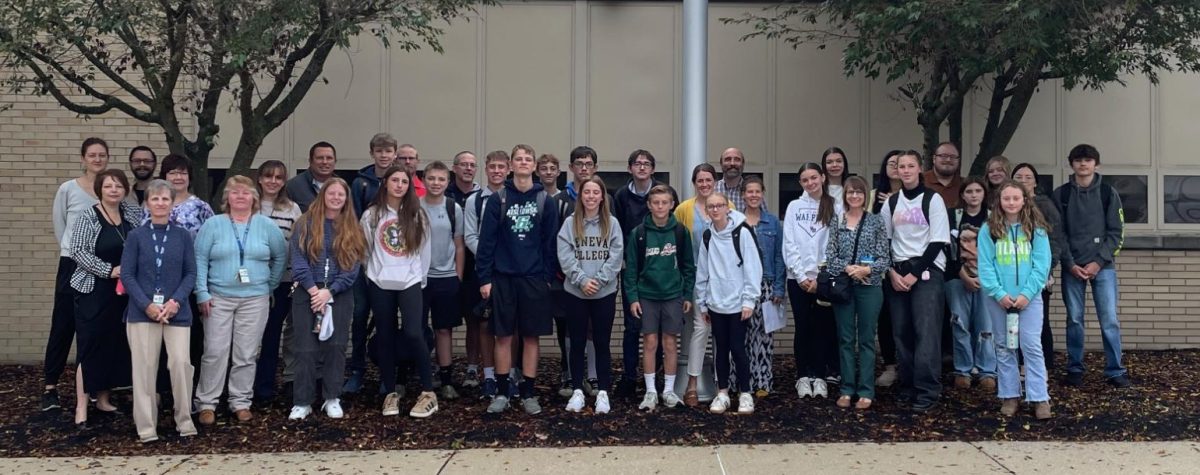Americans are interested in the world around them. There are many different sources of media that provide the viewer with the type of information they are looking for. There are multiple outlets in which media is consumed by the American populace.
Not every American receives their news through the same mediums. Televised media is how the majority of Americans get their news. An example of this would be CNN, Fox News, or even a local station.
News from online sources is the second most popular form of mass media. A common way this information is shared is through social media. In a survey completed by Pew Research Center, 69 percent of American adults use social media to get their news. Many major news companies use social media as a way to provide information.
Social media prefers to gain users attention by using visuals, however, radio has to stimulate the user through sound. Westinghouse company broke into living rooms in 1920 with the invention of the KDKA radio station. Radio, unlike print, could be reached anywhere at any time and all you would do was listen from the comfort from your home. Rather than finding the news, it comes to you. As one of the oldest forms of mass media, it’s a trusted source of media for a specific generation of Americans. Today, 50-64 year olds are the largest consumer age group of this form of media, and almost one-third of those surveyed were born between 1955-1969, done by Pew Research. In contrast, only 14% of 18-29 year olds listen to this kind of media for news.
In 1440, Johannes Gutenberg invented the printing press, which revolutionized the field of mass media. Since then, information sharing has come a long way, but Gutenberg’s invention was the keystone in the field of media. In the 21st century, print has fallen in popularity due to the accessibility of the other options to gather information. According to a 2015 survey, young adults aging from 18-29 years old have devalued this method of providing news, with only 5 percent of this age group getting their news from the paper.
From the beginning of time, we have been trying to make the sharing of information more accessible. From written language to the printing press to the first computer, we have made leaps and bounds in the progress of spreading information. In the future, most news will be found online, but the user will have many options for how they will receive this information. An example of this would be that the radio has moved online, but it is still performing its core function. There are many other examples of this such as YouTube, The New York Times, Washington Post. Most forms of news such as stations, articles, and channels, even locally, have moved online.
In conclusion, the accessibility of news has grown drastically over time. When younger people continue the trend of digitizing news, Americans will have to be vigilant of where they are getting their news. We are at the beginning of this new age, and we are already seeing the spread of false information and rumors by online news sources. Americans should take precautions in the future to verify the news that they are looking at online such as citing and double-checking the news that they see. Now that we have access to more information, we must take steps to make sure that we are using this information correctly. If we do not do this, we could end up worse for all people. If we use this power of creating and receiving information correctly, we could grow into a better human race. If we use this incorrectly, we could end up vilifying our own people.









